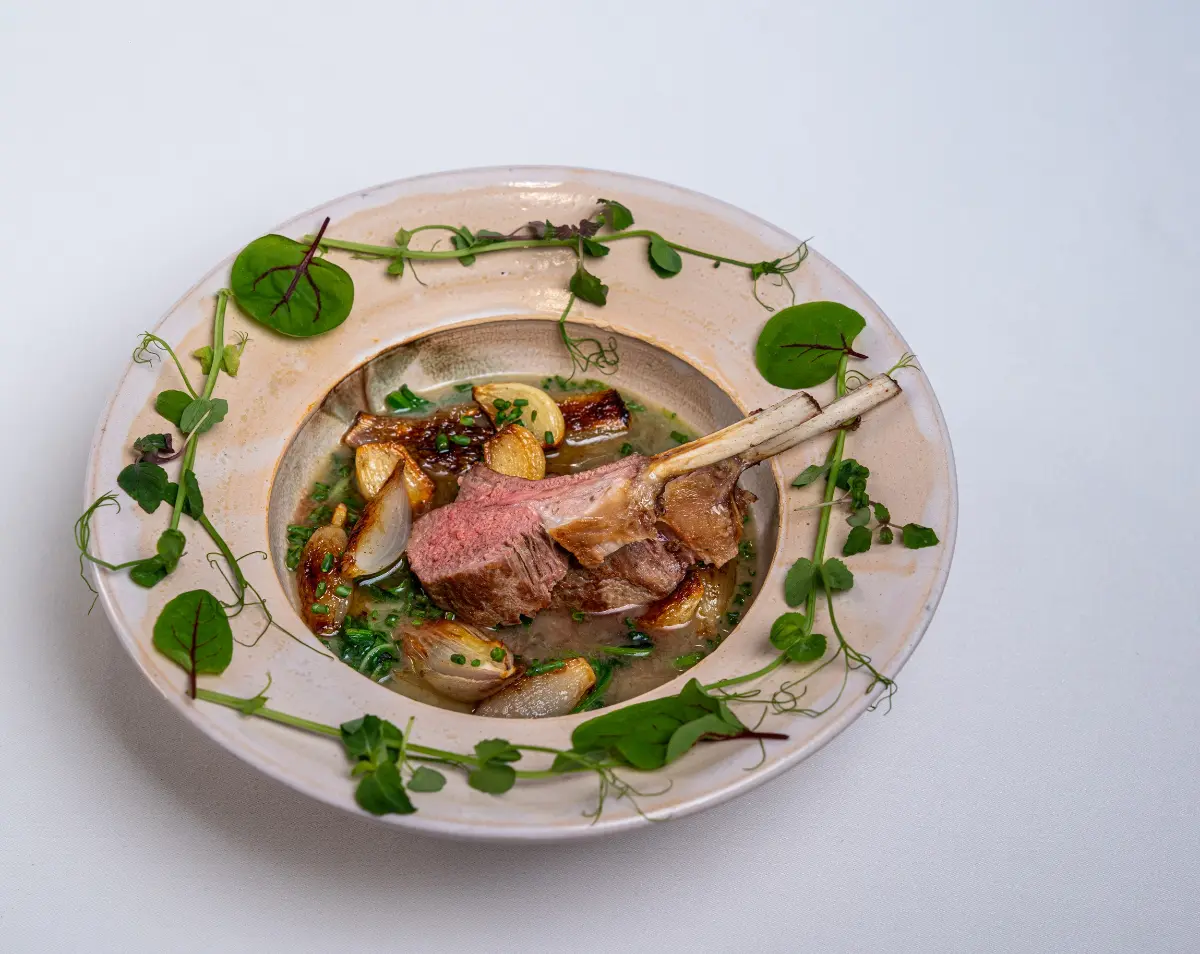
Helyszín címkék:
"We owe the stuffed cabbage to the Turks, the thrifty cuisine to the Swabians"
Németh Krisztina
The Kárpátkemence is a gastronomic-historical guide that attempts to revive the culinary culture of the past 1,100 years. The volume distinguishes 11 eras, we can read about the dishes made from the presumed raw materials of the conquering Hungarians, as well as about one of the most significant "legacies" of Turkish subjugation, the stuffed cabbage.
Simple and seasonal raw materials at the time of the Hungarian conquest
Over the course of history, many things have been integrated into Hungarian cuisine, and the various stages of kitchen technology are clearly distinguished: when our ancestors started to bake, use pickles or add thickening to their vegetable dishes.

"Although there is not much written material about the period of the conquest, our ancestors presumably had a "clean" kitchen, where everything had a reason and a purpose. There was also a mystical, religious aspect to cooking, based on which they followed three units: they tried to show the underground, terrestrial and heavenly worlds on the plate. The underground unit meant onions and tuberous vegetables, the earthly unit meant animals, and the heavenly world meant fruits and leaves," says László Ruprecht.
Roasting on a spit is associated with King Stephen, as well as with Bavarian and Saxon cuisine
"It is interesting that when King Stephen founded the state, it was through his wife (Gizella, Princess of Bavaria) that the typical dishes of Bavaria and Saxon cuisines appeared. This is how roasting and skewering spread, which rarely happened in our country before - previously, being a nomadic people, we preferred to cook our food." says László Ruprecht.
"Simultaneously with the spread of Austrian cuisine, French dishes became known among the Hungarian aristocracy, but we also owe vegetable dishes and thickening to this era. Before this we Hungarians have thickened with bread," adds the creative chef.
The appearance of Italian cuisine is the merit of King Matthias, while we owe the French sense of life to the Austro-Hungarian Monarchy

"Simultaneously with the spread of Austrian cuisine, French dishes became known among the Hungarian aristocracy, but we also owe vegetable dishes and thickening to this era. Before this we Hungarians have thickened with bread," adds the creative chef.
Do we prepare foods rich in fat because of the Turks?
"The Turks did not eat pork because of their religion, but pork fat appeared in Hungarian cuisine during the subjugation - and it has not changed since then. Poppy and paprika also became widespread, although the latter was called Turkish pepper and was used as an ornamental plant in kitchens. Eggplants, tomatoes and stuffed cabbage also became popular at that time." says László Ruprecht.

What about today's kitchen?
"The basis of any cuisine is good raw materials and local use. I believe that Hungary is on the right track; there are great professionals, excellent restaurants and a given clientele. The direction is good, but we still have a lot to improve. In my opinion, it takes five to ten years to re-strengthen those relationship systems that were weakened during a dark period of history. By this I mean the fragile system, thanks to which the restaurant and the chef knew where to get carrots, potatoes, or even onions from nearby. We still have to put a lot of energy into it.” concludes the president of SVÉT.





